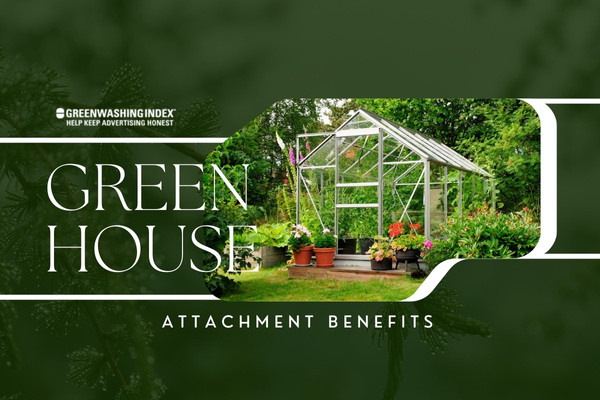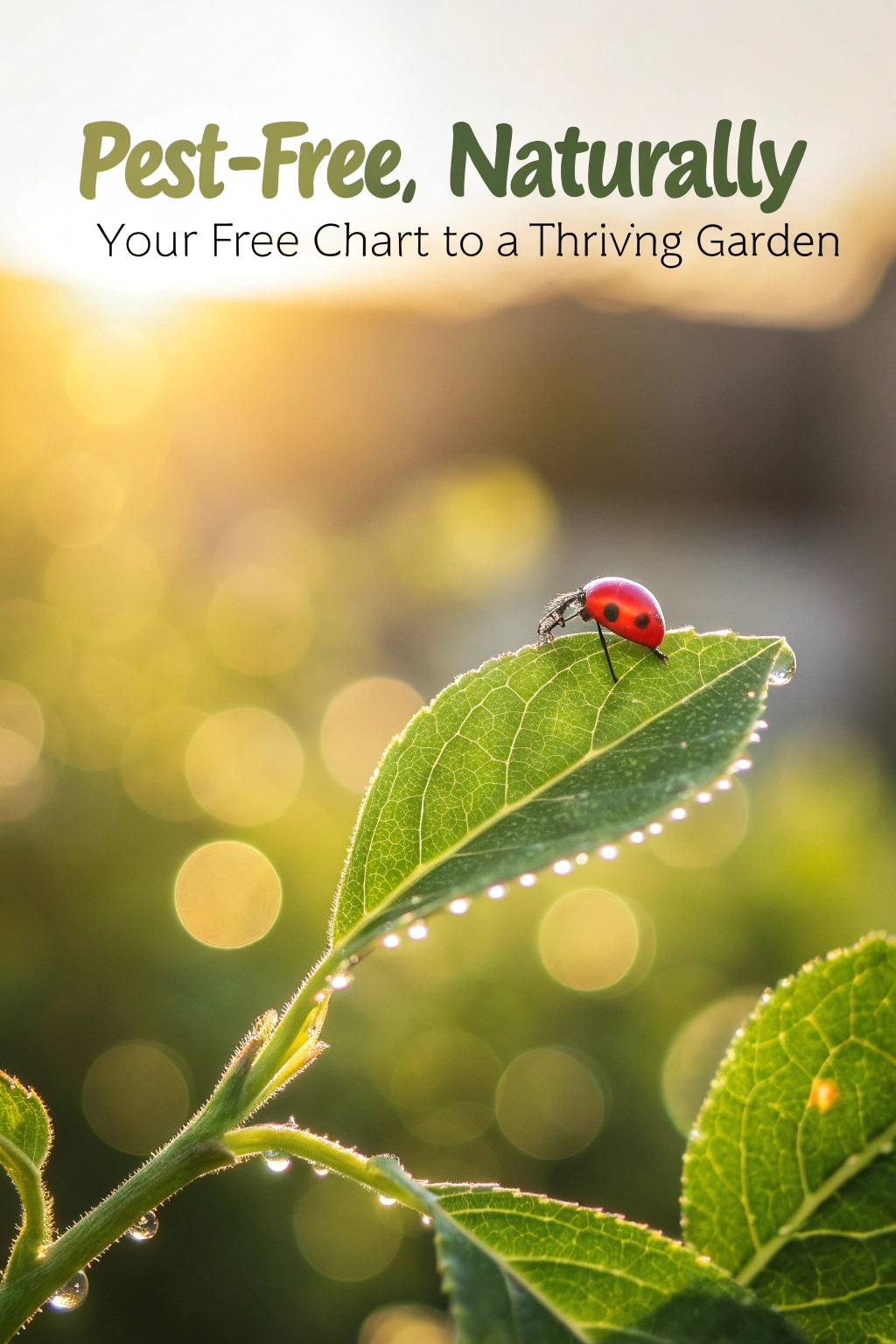An attached greenhouse serves as a remarkable extension of your home, blending the joys of gardening with the comforts of indoor living. This innovative structure not only enhances your home’s aesthetic appeal but also offers the thrill of year-round gardening, allowing you to cultivate vibrant plants regardless of the season.
A lush garden sanctuary right from your living room, where controlled temperatures and optimal light levels create a thriving ecosystem. With an attached greenhouse, the possibilities for sustainable gardening and energy efficiency are boundless.
Greenhouse Attached to House
An attached greenhouse is a unique extension of a home, designed to create a controlled environment for cultivating plants. By directly connecting to the house, it offers seamless access and conveniently integrates with the home’s existing utilities such as water and electricity.
Key Features of an Attached Greenhouse:
Attached greenhouses represent a sophisticated blend of architectural design and horticultural functionality. These structures typically feature transparent materials like tempered glass, polycarbonate panels, or specialized polyethylene films that maximize light transmission while providing thermal insulation.
Their direct connection to the main house enables easy maintenance, climate control, and seamless integration with existing home systems.
- Greenhouse addition to house: These structures share a wall with the main house, making them both space-efficient and accessible.
- Built with transparent materials like glass, polycarbonate, or polyethylene to maximize natural light.
- Ensures optimal conditions for plant growth with controlled temperature and humidity.
- Ideal for year-round gardening, regardless of outdoor weather.
For those seeking a large greenhouse attached to house, this setup not only enhances the home’s functionality but also adds aesthetic value and creates a serene, green retreat.
Attached Greenhouse to Kitchen
An attached greenhouse connected to a kitchen offers a unique blend of practicality and aesthetic appeal. This innovative design provides multiple benefits, transforming a traditional home space into a versatile, multi-functional area.
The greenhouse serves not just as a plant cultivation zone, but as an additional living space that can significantly enhance home energy efficiency and provide psychological comfort.
Design Considerations
- Temperature Control: Proper ventilation is crucial to manage greenhouse temperatures and prevent overheating.
- Floor Options: Consider a solid floor to manage moisture and create a more livable space.
- Solar Integration: Potential for incorporating solar panels for additional energy efficiency.
The attached greenhouse becomes more than just a gardening space—it’s a living extension of the home, offering warmth, fresh produce, and a connection to nature.
Advantages of Greenhouse
Greenhouses represent a transformative agricultural technology that bridges innovation with sustainable food production. Traditional farming approaches, these sophisticated structures enable cultivators to overcome environmental limitations, optimize crop growth, and create resilient agricultural systems that can adapt to changing global climatic conditions and increasing food security challenges.
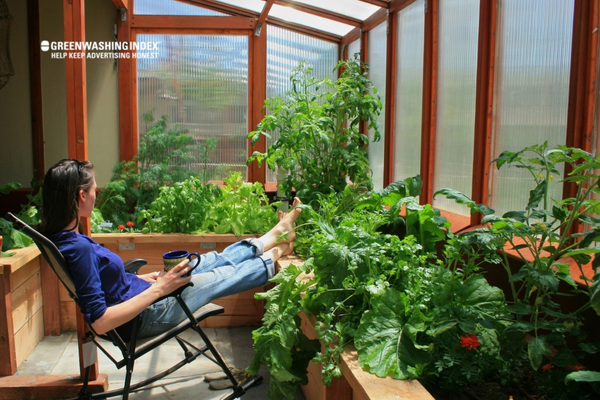
Greenhouses are specialized structures designed to create optimal growing environments for various plants by controlling environmental factors. Here are four major advantages of greenhouse farming:
Controlled Growing Environment
Greenhouses create a meticulously engineered ecosystem where plants receive optimal conditions for growth. By precisely managing temperature, humidity, and light exposure, farmers can manipulate environmental parameters to suit specific crop requirements.
This controlled setting minimizes external variability, ensuring consistent plant development and reducing the risks associated with unpredictable outdoor growing conditions.
Greenhouses provide precise control over critical growing conditions, allowing farmers to:
- Regulate temperature and humidity.
- Manage light exposure.
- Create ideal microclimate conditions for different plant species.
Extended Growing Seasons
Traditional agriculture is often limited by seasonal constraints, but greenhouses revolutionize crop production by transcending natural climatic boundaries. By providing a protected, temperature-regulated environment, these structures enable farmers to cultivate crops throughout the year, irrespective of external weather patterns.
This capability not only increases food production but also allows cultivation of exotic or temperature-sensitive plants in regions where they would typically struggle to survive.
One of the most significant benefits is the ability to grow crops year-round, regardless of external weather conditions. Greenhouses can:
- Extend growing seasons by up to four months.
- Produce crops during off-season periods.
- Enable cultivation in regions with adverse weather conditions.
Enhanced Crop Protection
Greenhouses act as a robust defensive barrier against numerous agricultural challenges. By creating a sealed environment, they effectively prevent pest invasions, minimize disease transmission, and shield plants from destructive environmental elements like hail, strong winds, and extreme temperature fluctuations.
This protective mechanism significantly reduces crop loss, ensures higher plant survival rates, and maintains superior crop quality compared to traditional open-field farming methods.
Greenhouses offer superior protection against external threats, including:
- Reduced pest and disease risks.
- Shielding plants from extreme weather events.
- Minimizing damage from insects, animals, and environmental stressors.
Increased Productivity and Resource Efficiency
Modern greenhouse technologies represent a paradigm shift in agricultural resource management. Through advanced techniques like hydroponics, vertical farming, and precision irrigation, these structures enable farmers to maximize crop yields while minimizing resource consumption.
By optimizing water usage, reducing land requirements, and creating highly efficient growing conditions, greenhouses represent a sustainable solution to increasing global food demand while conserving critical environmental resources.
Greenhouse farming significantly improves agricultural output and resource management:
- Increases crop yields by up to 150%.
- Reduces water consumption by up to 50%.
- Allows for more efficient use of space through techniques like vertical farming.
These advantages make greenhouses a powerful tool in modern agricultural practices, enabling farmers to optimize production, protect crops, and adapt to challenging environmental conditions.
The types of Attached Greenhouses
Attached greenhouses represent innovative solutions for home gardening and living spaces, seamlessly integrating nature with architectural design. These structures offer homeowners flexible options to expand living areas, cultivate plants, and create unique environments that enhance both aesthetic appeal and functional utility.
Sunrooms
Sunrooms transform ordinary home spaces into extraordinary light-filled sanctuaries, bridging indoor comfort with outdoor beauty. These glass-enclosed areas provide a versatile environment that adapts to multiple purposes, from relaxation zones to plant cultivation areas.
By capturing natural sunlight and creating a warm, inviting atmosphere, sunrooms offer homeowners a unique opportunity to enjoy nature’s beauty while remaining protected from external elements.
- Strong Connection to the Outdoors: Sunrooms offer a direct link to nature, allowing you to enjoy the outdoors without stepping outside.
- Flexible Use of Space: These versatile spaces can serve as living areas, breakfast nooks, or lounging spots. Imagine sipping a warm cup of coffee here on a chilly morning – pure bliss!
- Energy Savings: By harnessing natural light and heat, sunrooms help reduce electricity consumption, making them an eco-friendly choice.
Although both sunrooms and traditional greenhouses utilize sunlight, their purposes differ. Sunrooms are primarily for leisure and living, while traditional greenhouses focus on plant cultivation.
Conservatories
Conservatories represent the pinnacle of architectural elegance and horticultural sophistication. These refined structures blend classical design principles with modern functionality, creating spaces that are both visually stunning and practically useful.
Originating from European architectural traditions, conservatories provide a sophisticated platform for plant enthusiasts to cultivate exotic species while enjoying a luxurious, light-filled environment that seamlessly connects interior living spaces with botanical landscapes.
- Aesthetic Appeal: With their timeless designs, such as Victorian or Edwardian styles, conservatories add a touch of sophistication and enhance your home’s visual appeal.
- Versatile Space: Like sunrooms, conservatories can be used as extra living areas or tranquil reading nooks.
- Plant Paradise: Designed to support horticulture, conservatories provide ideal conditions for growing exotic plants year-round.
Think of conservatories as traditional greenhouses with an added touch of elegance and charm.
Traditional Greenhouses
Traditional attached greenhouses are purpose-built environments designed specifically for serious gardeners and plant enthusiasts. These specialized structures offer precise environmental control, enabling year-round cultivation of diverse plant species regardless of external weather conditions.
By providing optimal growing conditions, temperature regulation, and protection from pests, traditional greenhouses empower gardeners to extend their growing seasons and experiment with a wide range of horticultural projects.
- Optimal Growing Environment: These greenhouses allow precise control over light, temperature, and humidity, ensuring healthier plants.
- Extended Growing Seasons: With a traditional greenhouse, you can garden all year round, regardless of external weather conditions.
- Pest Protection: The enclosed structure shields plants from harsh weather and harmful pests, keeping your garden safe.
While sunrooms and conservatories offer versatility and beauty, traditional greenhouses are unmatched for dedicated gardening enthusiasts.
By understanding the unique features and benefits of each type, you can make an informed decision and create a space that perfectly suits your lifestyle and passions.
How to Build a Greenhouse Attached to your House?
Building an attached greenhouse requires thoughtful planning and execution. Key considerations include selecting the optimal location and choosing suitable materials to ensure efficient functionality and plant health.
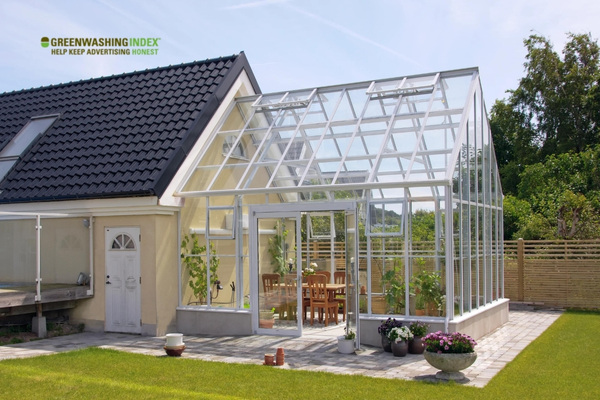
With proper decisions in these areas, you can create a sustainable, productive greenhouse that integrates seamlessly with your home.
Choosing the right Location:
Selecting the best spot for your greenhouse is essential to maximize its potential. Factors like sunlight exposure, accessibility, and wind protection significantly impact its performance and the well-being of your plants.
Here are some detailed guidelines:
- Consider Sunlight: Opt for a south-facing location to ensure your plants receive maximum natural sunlight throughout the year. This enhances photosynthesis and promotes healthy growth.
- Remember Accessibility: Place the greenhouse close to your home or a water source. This simplifies daily tasks like watering, plant care, and temperature monitoring, making maintenance more efficient.
- Don’t Forget About Wind: Protect your greenhouse from strong winds by situating it near buildings or installing windbreaks like fences. This helps maintain consistent internal temperatures and ensures structural integrity.
Thoughtful site selection not only optimizes your greenhouse’s efficiency but also creates a comfortable space for you to nurture plants year-round.
Different Materials and Their Uses:
Choosing the right materials for your greenhouse can seem overwhelming, but understanding their benefits and limitations helps ensure the best results. Let’s explore the most common options:
- Glass: Provides a traditional look with clear views and aesthetic appeal. While visually striking, glass is fragile, costly, and less effective at retaining heat compared to alternatives.
- Polycarbonate: Known for durability and excellent insulation due to double- or triple-wall construction. Though more expensive initially, it reduces heating costs in colder months, making it a smart long-term investment.
- Plastic Film: An economical choice with good heat retention. However, its durability is lower, and exposure to extreme sunlight and weather may necessitate frequent replacements.
Material properties helps you make an informed decision that aligns with your budget and climate requirements while ensuring your greenhouse serves its purpose effectively.
Greenhouse Maintain Lifestyle Nature
Transforming your greenhouse into a vibrant ecosystem requires strategic planning and dedicated care. By understanding the intricate balance between environmental control and pest management, you can create a thriving botanical sanctuary that nurtures plant life and enhances your connection with nature.
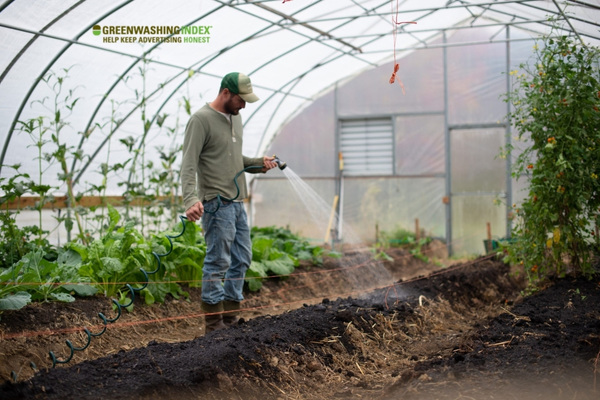
Environmental Control Systems
Creating the perfect microclimate demands precision and technological insight. Your greenhouse is more than a structure; it’s a living system where temperature, humidity, and light interact dynamically.
Mastering these environmental parameters ensures optimal plant growth, resilience, and productivity, turning your greenhouse into a botanical powerhouse.
- Irrigation Systems: Controlled watering is vital for plant survival and growth. Options like drip irrigation or mist sprinklers cater to different plant needs and greenhouse sizes.
- Ventilation Systems: Proper airflow regulates temperature, especially during warmer months. Vents help release excess heat, keeping conditions favorable for plants.
- Shading Systems: Protect plants from excessive sunlight with shade cloth or automated shading solutions that activate as needed.
- Temperature Controls: Maintain consistent temperatures with heating and cooling units designed for greenhouse setups.
Pest Management
Pest management is a critical aspect of greenhouse maintenance that requires a holistic, proactive approach. By understanding pest behavior, implementing ecological interventions, and maintaining rigorous monitoring protocols, you can create a balanced ecosystem that naturally resists and mitigates potential infestations.
Common Greenhouse Pests
Early identification of potential threats is key to preventing widespread pest issues. By familiarizing yourself with common greenhouse pests and their characteristics, you can develop targeted strategies that address specific challenges, minimizing potential damage and maintaining the overall health of your botanical environment.
- Insects: Aphids, whiteflies, and spider mites are frequent intruders.
- Rodents: These pests can damage structures and feed on young plants.
Effective Pest Control Tips
Prevention is always more effective than cure. By establishing comprehensive monitoring systems, introducing beneficial predators, and utilizing organic pest management techniques, you create a resilient greenhouse ecosystem that naturally controls potential infestations while maintaining environmental balance.
- Inspect plants regularly for signs of infestation, such as yellowing leaves or unusual spots.
- Introduce natural predators like ladybugs to maintain a balanced ecosystem.
- Use organic pesticides, ensuring safe and effective application according to guidelines.
By focusing on these aspects, your attached greenhouse can thrive, promoting a harmonious connection between lifestyle and nature.
FAQs
What is an attached greenhouse?
An attached greenhouse is a gardening structure that’s connected directly to your home. It allows you to cultivate plants in a controlled environment that’s readily accessible, offering both convenience and efficiency.
What are some key benefits of owning an attached greenhouse?
Aside from providing a perfect environment for plant growth, an attached greenhouse can significantly boost home efficiency by contributing to natural warmth. Furthermore, it makes sustainable gardening possible and maximizes the usage of available space.
How does one maintain an ideal temperature within these structures?
Controlling temperature within these structures requires deploying the right environmental control systems like ventilation, shading, and cooling equipment. These help create optimal conditions for different types of plant growth while conserving energy.
What are various types of Structures available as per need?
The three main types of attached greenhouses include sunrooms, conservatories, and traditional greenhouses. Each type offers unique benefits with design variations to suit specific horticultural needs or architectural aesthetics.
Conclusion
Attached greenhouses represent a strategic solution for gardeners seeking to maximize growing potential while minimizing spatial constraints. By seamlessly integrating with existing structures, these innovative agricultural spaces offer enhanced climate control, extended growing seasons, and efficient resource utilization.
The symbiotic relationship between the greenhouse and primary building creates a sustainable approach to home-based cultivation, enabling individuals to transform limited outdoor areas into productive, year-round agricultural environments.

